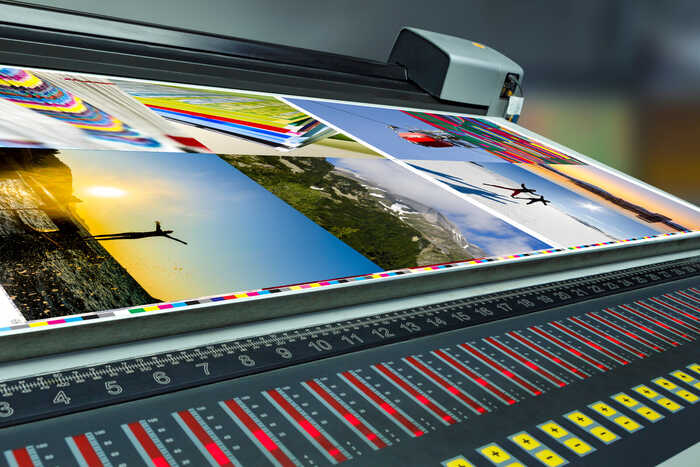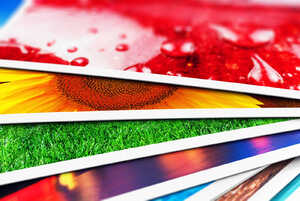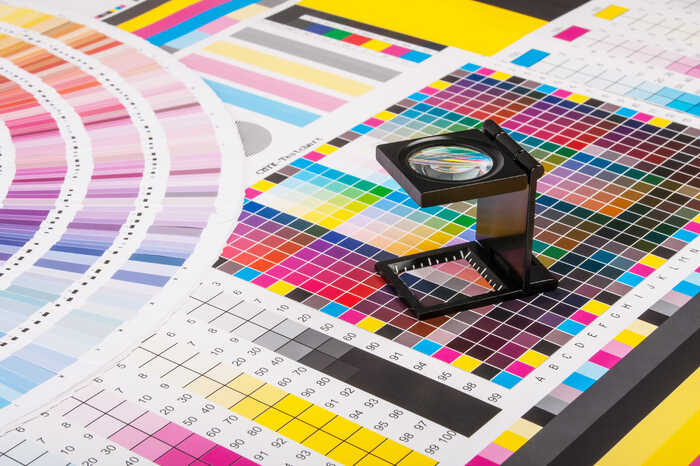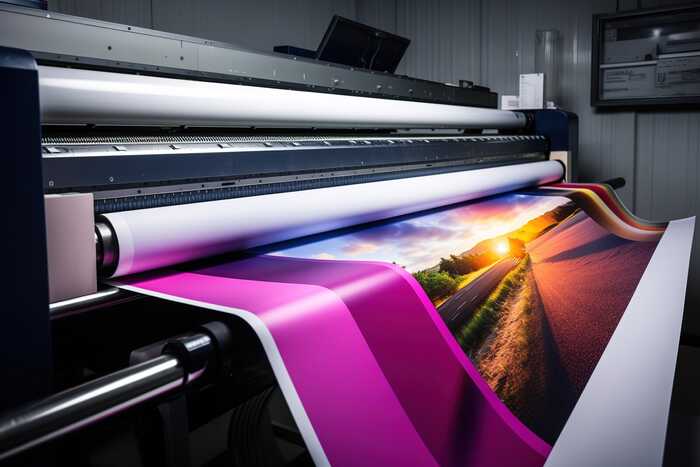Which Type of Printing Offers the Best Quality?
When it comes to printing, quality is king. Whether you need to print marketing materials, photographs, or important documents, you want the end result to be visually appealing and professional. With that in mind, let’s take a look at some of the various print services available and examine their respective quality levels. We'll discuss the benefits and limitations of popular methods such as offset printing and digital printing, while also exploring how factors like paper type and ink density can influence the overall print quality. Let’s dive in!
Offset printing
Offset printing is a traditional printing technique that has been widely used for many years. It involves transferring ink from a plate to a rubber blanket and then onto the printing surface. This method offers exceptional print quality, especially for large-scale projects. The colours are vibrant, and the level of detail is impressive. Offset printing is particularly well-suited for printing materials like brochures, magazines, and packaging.
One of the significant advantages of offset printing is its ability to produce consistent and accurate colours. This is due to the use of Pantone Matching System (PMS) or spot colours, which ensures precise colour reproduction. What’s more, offset printing allows for the use of various paper types and finishes, further enhancing the overall quality and appearance of the printed materials.
Offset printing does have its limitations. It can be time-consuming and expensive, especially for small print runs. Setting up the plates and adjusting the press for each job requires additional time and cost. Therefore, offset printing is most cost-effective for large quantities or projects that require specific colour accuracy and premium quality.

Digital printing
Digital printing has gained popularity in recent years due to its versatility and convenience. This method involves transferring digital files directly to the printing press, eliminating the need for plates. Digital printing offers excellent print quality, especially for short print runs or on-demand printing needs. It is widely used for items like business cards, flyers, and personalised marketing materials.
The quality of digital printing has significantly improved over time. Modern digital printers can produce sharp images, vibrant colours, and fine details. They can also handle a wide range of paper types and weights, allowing for greater flexibility in choosing the right medium for your prints. Digital printing also offers quick turnaround times, making it an ideal choice for time-sensitive projects.
Digital printing, however, may not always match the colour accuracy and consistency of offset printing. While advancements in technology have minimised the differences, certain colours, especially metallics and spot colours, may not reproduce as accurately in digital prints.


Other Printing Methods
Apart from offset and digital printing, there are other printing solutions available, each with its own advantages and limitations. Here are a few honorary mentions to consider:
Screen printing
Screen printing is commonly used for printing on fabrics, such as t-shirts and tote bags. It offers excellent durability and vibrant colours, making it ideal for designs that require long-lasting and eye-catching prints. It’s worth noting that screen printing may not be suitable for complex or highly detailed designs.
Flexography
Flexography is commonly used for printing packaging materials, labels, and corrugated cardboard. It excels in high-speed printing and can handle a variety of substrates. While flexography provides good print quality, it may not match the level of detail and colour accuracy offered by offset or digital printing.
Gravure
Gravure printing is often used for high-volume production of items like magazines, catalogues, and product packaging. It offers impressive image reproduction and consistent colour quality. It is, however, a costly printing method and may not be practical for small print runs.

How can we help?
When it comes to printing, selecting the right printing method is essential to achieve the best quality. By understanding the strengths and limitations of different printing methods, you can make an informed decision that aligns with your needs and budget. If you’d like any further guidance, help finding the right kind of printing method for your project, or your business requires a free print audit to assess your current printing processes, please do get in touch.
Posted on July 6th 2023


